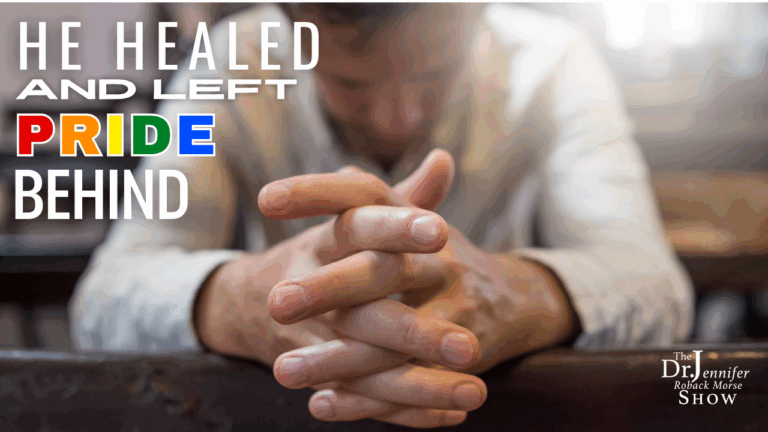by Jennifer Roback Morse
This article was first published Jun. 14, 2019, at NCRegister.com.
The Ruth Institute recently released a new report by Father Paul Sullins, Ph.D., on clergy sexual
abuse since 2000, showing that clergy sexual abuse has been rising in the years since the “Dallas Charter.” Around the same time, the Catholic League
released a statement saying the clergy sexual abuse today is negligible.
Oddly enough, both the Catholic League statement and the Ruth Institute report referred to the “2018 Annual Report on the Implementation of the Charter for the Protection of Children and Young People.”
What accounts for our very different conclusions?
Let’s start with the point on which we agree. The Catholic League states: “During this period (July 1, 2017- June 30, 2018) there were 26 new allegations
involving current minors. But only three were substantiated (all three men were removed from ministry). Seven were unsubstantiated; three were unable
to be proven; two were referred to a religious order; two were reported as unknown; and three were boundary violations, not instances of sexual abuse”
(Page 25 of the audit report.) Don’t those low numbers sound encouraging?
Here is the problem with taking these figures at face value: These are the reports received in 2018 about incidents that took place during 2018.
In that same period of time, 1,385 survivors of child sexual abuse by clergy came forward making 1,455 allegations. Obviously, the bulk of these incidents
did NOT take place during the most recent year, but from earlier years. Most survivors do not report their abuse until much later. In fact, in the
2018 Ruth Institute study using the Pennsylvania grand jury reports,
Father Sullins found that the average reporting lag was more than 28 years!
This means that trying to get a reliable handle on the trend in sexual abuse requires us to be careful with the conclusions we draw from our data.
We could easily (and wrongly) conclude that all is well and that clergy sexual abuse is declining. We must make some correction for this very substantial
reporting lag.
Father Sullins addressed that issue by comparing year-to-year allegations of current abuse. In other words, he went back to the historic data
and asked this question, “In 1950-1954, how many people came forward to say they were abused in 1950-1954? How does that compare with the number of
people coming forward between 1955-1959 to say they were abused between 1955-1959?” And so on. Bringing those numbers up to the present does not paint
such a rosy picture of rapidly declining clergy sexual abuse.
In fact, this is precisely where Father Sullins found a disturbing increase in sexual abuse of minors since 2002. The priest sexual abuse of children dropped
to an all-time low just after 2002, but it has since risen. True, clergy sexual abuse of minors remains well below its peak in the 1980s. Reports of
current abuse averaged 7.0 per year from 2005 to 2009, rising to 8.2 per year from 2010 to 2014, a 17% increase. In the 1980s, there were an average
26.2 reports of current abuse per year. (See Figures 2 and 6 in the report.)
This suggests that the 2002 Dallas Charter, for all its improvements, did not solve all the problems. We still need to be vigilant. As a matter of fact,
the “Annual Report on the Implementation of the Charter for the Protection of Children and Young People”
made this very point. “The current allegations point to the reality that sexual abuse of minors by the clergy should not be considered by bishops as
a thing of the past or a distant memory. Any allegation involving a current minor should remind the bishops that they must rededicate themselves each
day to maintaining a level of vigilance that will not permit complacency to set in” (page vii).
Recommendations
Catholics must remain vigilant in protecting minors against clerical sexual abuse. In fact, the audit report clearly states,
“The National Review Board calls for a more in-depth audit, as well as ensuring the complete independence of the audit if the bishops hope to regain the
trust of the laity in assuring that children and young people are indeed safe within our institutions.”
We as Catholics must also step up our efforts to proclaim authentic Catholic doctrine about marriage, family and human sexuality. At the Ruth Institute,
we agree wholeheartedly
with Pope Emeritus Benedict’s analysis. Poor theological
formation of clergy and seminarians and rampant dissent on sexual teaching are significant factors in the current crisis.
In fact, that is one of the main recommendations we make in our report:
“The Church or interested lay organizations should increase educational programs on authentic Church teaching on human sexuality. Such educational efforts
should include all levels of education, such as seminaries, universities, high schools, elementary schools and parish catechism classes. The topics
covered should include Pope St. John Paul II’s ‘Theology of the Body’ and how traditional Christian sexual ethics promotes and protects the interests
of children, women, men and society.”
The answer to poor formation, is quite simply, more and better formation.
Most serious Catholics are fed up with clergy sexual abuse: One case is too many. We want it to go away and stay away. In fact, we want it all gone —
yesterday! But, as rational adults, we realize that this deep problem will not disappear overnight, no matter what we do.
It behooves us all to figure out what is really going on, to the best of our ability. Sugarcoating the truth does not serve the Church. This is no time
for self-congratulation or complacency. This is the time to take our lumps when necessary. And above all, this is the time to roll up our sleeves and
get to work.



